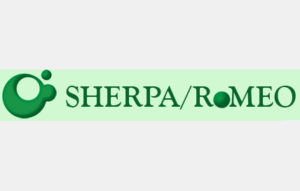Characterization and grading of Black Bengal goat skin based on coat color
The research was conducted to study physical parameters and histological structural patterns based on the coat color of Black Bengal goat skins. Five hundred skins were randomly selected, measured using scientific instruments and the Haematoxylin-Eosin staining method was used for histological study. Black coat color skin was found the highest (58%), the mean weight, length and width of Black Bengal goat skin were 998.80 gm, 29.24 and 20.91 cm, respectively but there were no significant differences among the groups. The mean thickness of the skin was 1.97, 1.43 and 1.96 mm in butt, bell and shoulder region, respectively and significantly different between the groups in all categories. All slaughtered goats were flayed using “Muchki” (Hoisting and fisting) method. The average flay cut length, depth, mechanical and parasitic damages were 20.2 mm, 1.50 mm, 6.11 and 1.50 %, respectively. No significant difference (p>0.05) was found in inedible fleshing by-products, but significant differences (p<0.05) were found in trimming by-products production and salt required for curing. Salted skins were preserved for an average of 3.5 days. Hair follicles, sebaceous glands and erector pili muscles, collagen fibers and fiber bundles were more regular in butt region than shoulder and belly regions in black, brown, white and mixed coat color of Black Bengal goat skins..
Keywords: Black Bengal goat skin, coat color, physical characteristics of skin, histological structure of skin, skin quality.




















